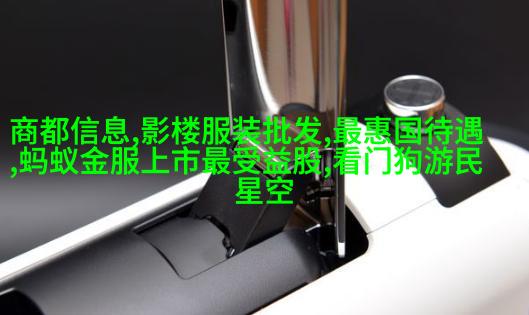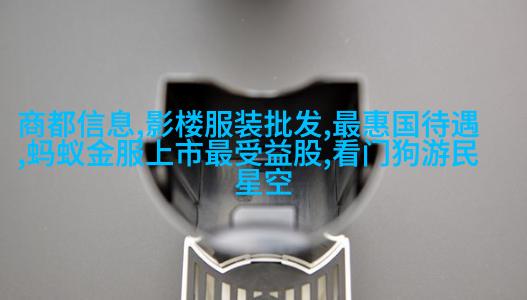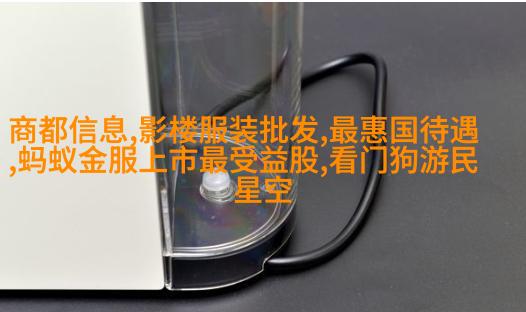Vintage Vibes A Journey Through the Timeless World
Vintage Vibes: A Journey Through the Timeless World of Retro English

The allure of retro English, with its vintage vibes and nostalgic charm, has captivated language enthusiasts for decades. This article delves into six key aspects that make up the essence of this captivating linguistic style.
The Rise and Fall

The golden age of retro English can be traced back to the early 20th century when it emerged as a distinctive form of expression in literature, music, and film. It flourished during the 1950s and 60s but gradually declined as modernization took over.
Iconic Phrases & Slang

Retro English is characterized by its unique vocabulary comprising iconic phrases like "the cat's pajamas" or "a real swingin' affair." Slang words such as "cool cat," "daddy-o," and "dig it" added to its distinct flavor.
Literary Giants

Authors like F. Scott Fitzgerald, Ernest Hemingway, J.D. Salinger, and Truman Capote played a significant role in shaping retro English through their works. Their writings not only reflected the era's cultural landscape but also influenced generations to come.
Music & Film Influence

Retro English was heavily influenced by jazz music and classic Hollywood films featuring stars like Audrey Hepburn and Humphrey Bogart who epitomized elegance in their speech patterns.
Revival Efforts
In recent years, there has been a renewed interest in retro English due to nostalgia for past times or simply out of curiosity about how people used to speak in earlier eras.
6 Conclusion - Timeless Charm
Despite being rooted in history, retro English continues to hold an enduring appeal due to its ability to evoke emotions from another time while offering insights into human nature across generations.